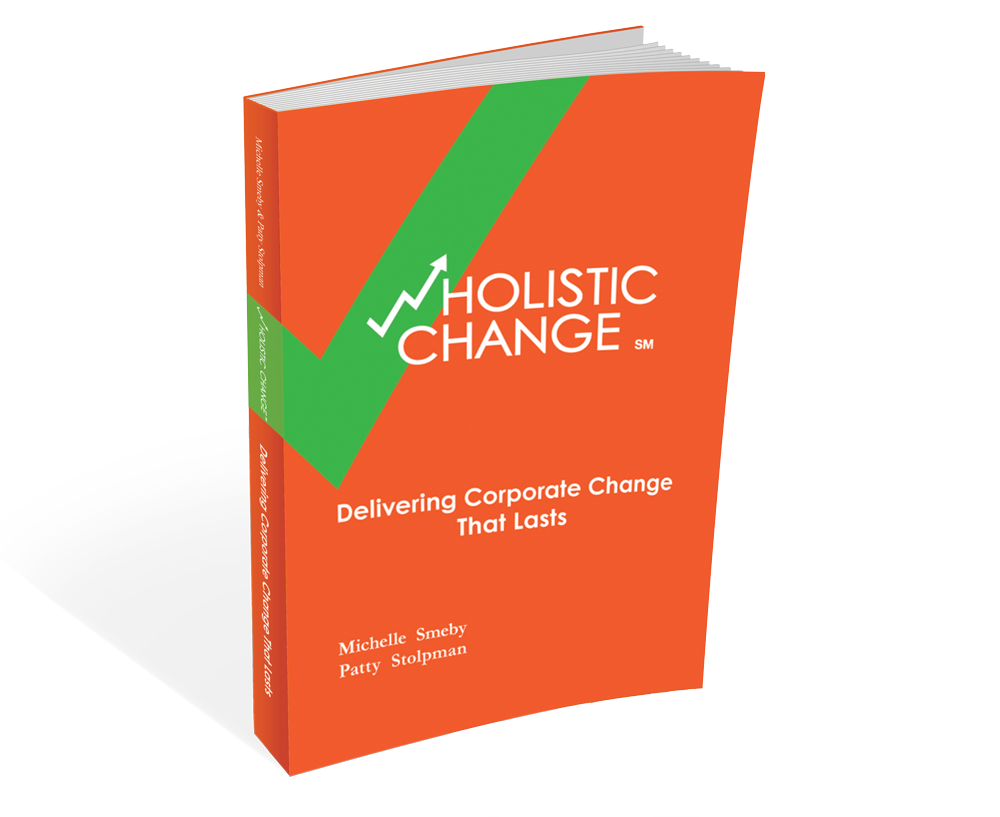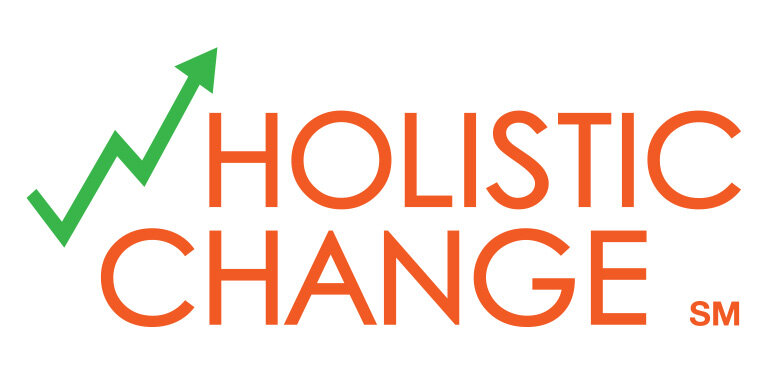Michelle and I have both been blogging lately about what it takes to successfully transition a change effort to operational mode. I'd like to talk about one of the biggest pitfalls that you can run into that could make the transition languish and eventually die -- lack of resources.There's a certain amount of excitement and energy (fully recognizing that it could be negative energy) that comes with something new and different. And, in general, everybody "gets" that it takes resources to move things from point A to point B. But once you're at point B, then why should it take any resources to keep you at point B? I mean, really... you're there... how could it not stick?On-going continuous improvement resource allocation is what will keep point B alive, meaningful, and adaptable to changes coming in the future.Without any resources allocated to stay connected with the key alignments you developed during the change effort you could be blind-sided in the future when an external change is proposed for your area, by one of those key alignments, that is not optimal to your business operations. In this scenario you end up expending resources to try and adjust and re-position what the external area is asking for in order to keep your operations on track -- and in general, this is panic mode. It might have actually been more cost effective to allocate resources to staying connected in the first place and being at the table representing your area's interests and needs from the beginning.Keeping resources allocated to continuous improvement as a steady state means that you've got a named person that anybody within your business area can go to when they've got an idea or a suggestion for improvement. Without that clarity, and defined channel for suggestions, how will somebody with a good idea get that communicated to somebody who will pay attention? If you have a resourceful employee they'll find a way, but somebody who still has a great idea and is a little intimidated by how to approach management may never get their idea across.In the long run, it really is more cost effective to keep continuous improvement alive and funded, with named resources -- or, you may lose out on some great ideas and opportunities and be constantly in reactive instead of proactive mode.

